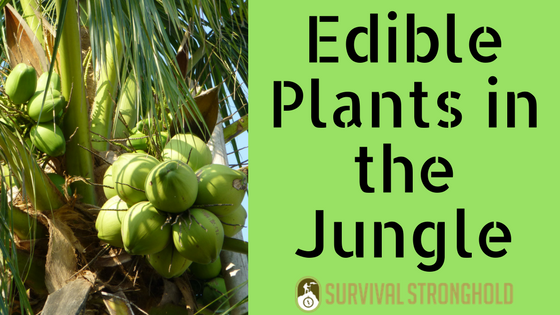The jungle definitely has its pros and cons as a survival landscape. While jungles are typically quite lush, you also have to bear in mind that not everything is going to be edible, just because there are a lot of plants and flowers growing.
Here is a guide to everything edible you’ll find in most tropical jungles, and a bit about each.
Palms
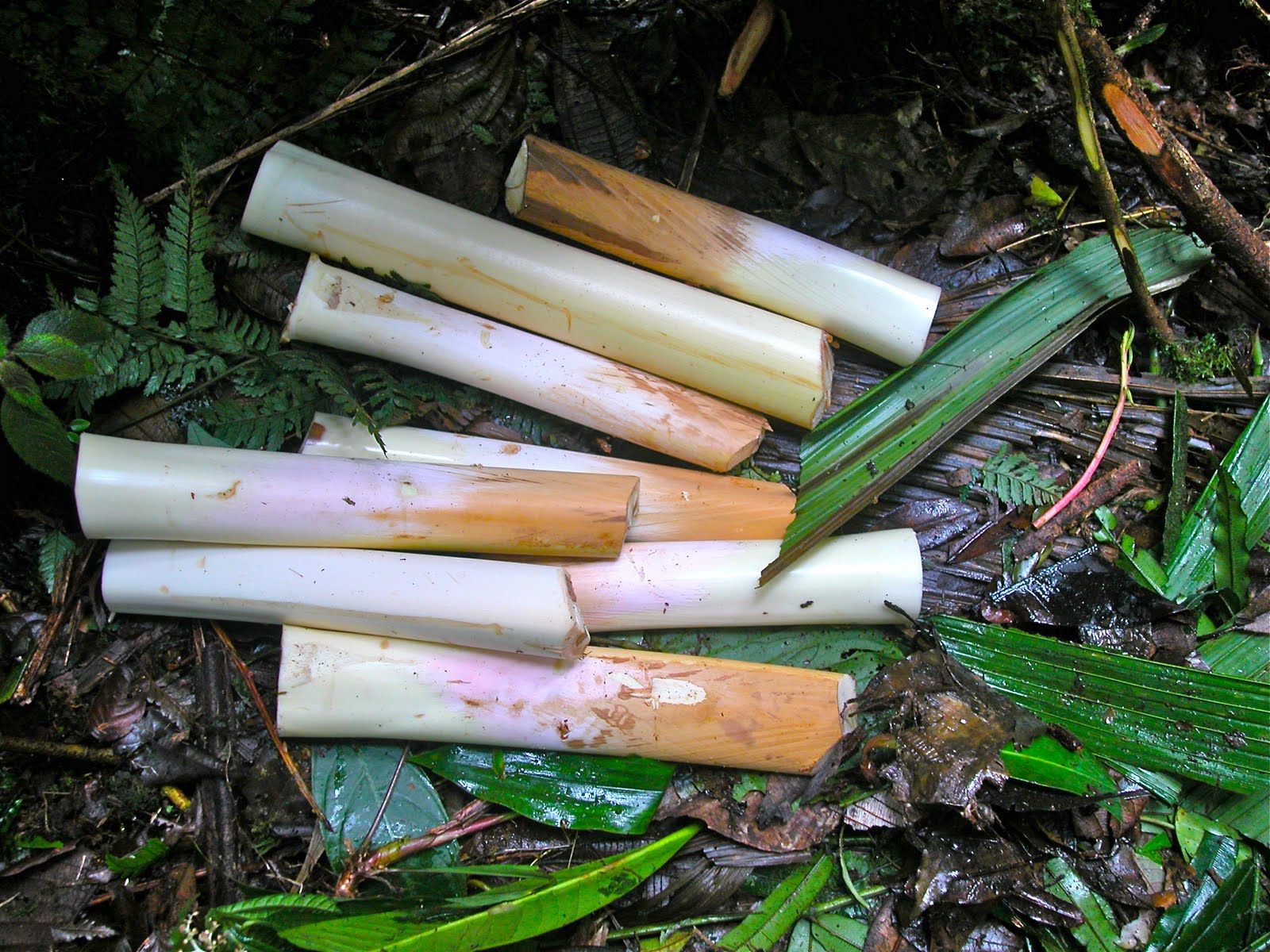
Found in most jungles and even other landscapes, palm trees truly are amazing plants. Not only are they an excellent source for nutrients, but you can also use many parts of the tree for tools and supplies, and it’s shady branches for a cool rest. To eat palm, cut the tops off small trees and eat the tips, or any soft part of the tree, the flowers, the seeds, and the heart of palm, which is high in crucial fat.
Nuts
Virtually any nut you find in the jungle will be edible, and not only that, but great to stock up on and carry with you as you continue in a journey or keep stashed in your shelter. They’ll keep for months, so you definitely want to keep an eye out for nuts. Another advantage of nuts if you have the patience, is that you can actually wrap them in cloth and beat them to extract the oils. You can use the oil in many different ways, from skin moisturizer to fuel.
Coconuts
This is the classic coveted jungle food, and for good reason. Coconut palms are incredible plants, you can virtually eat any part of it except for the husky bark, which you can use for other things. Many cultures call the coconut palm the “tree of life” and it certainly is a fitting name.
Coconuts themselves can be difficult to get to, but the effort is certainly worth it. There are a number of different methods to get the nuts out of the tree as well as to open them; we might have to do one post entirely on that.
The most common improvised method to get to coconut trees, and you’ll still see this in many parts of the world where coconut is commonplace, is to use a thick rope, tied in a loop, and wrap this around each foot. Then, hugging the tree and placing the rope against the tree, pull yourself up. Like this:
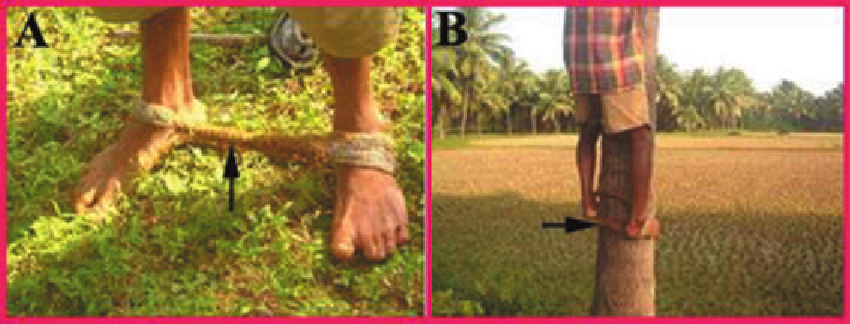
Once you’ve got the coconut, it will take some effort to crack them open. The best way to do this is to cut them open with a knife, and if you don’t have one, using a sharp rock. Just be mindful not to hold the coconut in place between your feet, as you’ll take a serious risk to hurting your foot this way.
Bananas
Another tropical classic, bananas are a major score in the jungle. They’re easy
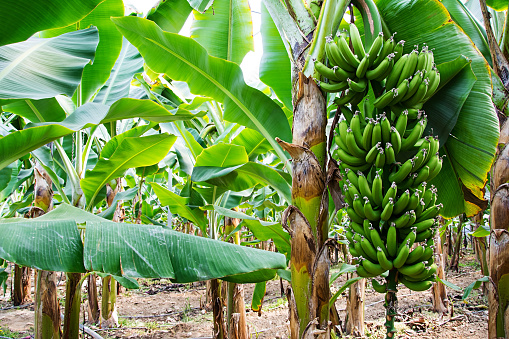
to access as banana trees are typically short, and if they’re not, they’re fragile and easy to knock down. Not really trees, but actually herbs, bananas have soft, pulpy stalks that uproot easily. Bananas also have water inside the stalk typically, that’s very easy to access if you simply chop the stalk in half.
Make sure to only eat bananas that have started to yellow, however, if you see a bunch of green bananas that look fully formed but only have just begun to yellow, you can cut this bunch down and eat as they begin to yellow. You just don’t want to cut them when they’re still small and bright green, because they’ll never ripen correctly.
Papayas
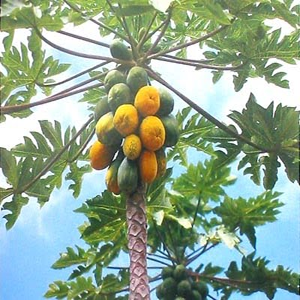 These are definitely another major score in the jungle, or anywhere really; papayas are one of earth’s superfoods and are packed with incredibly healthy nutrients and enzymes. If you find them when you are stranded in the jungle, you’ll be thrilled. They don’t keep long, however, so you can try to slice them very thinly and let them dry in the sun. When fully dried, they will keep much longer. Like bananas, you can pick papayas when they’re green and wait for them to ripen, so this is a great option if you are making day trips to forage.
These are definitely another major score in the jungle, or anywhere really; papayas are one of earth’s superfoods and are packed with incredibly healthy nutrients and enzymes. If you find them when you are stranded in the jungle, you’ll be thrilled. They don’t keep long, however, so you can try to slice them very thinly and let them dry in the sun. When fully dried, they will keep much longer. Like bananas, you can pick papayas when they’re green and wait for them to ripen, so this is a great option if you are making day trips to forage.
Bamboo
Bamboo is another one of those all-purpose survival plants. You can use the 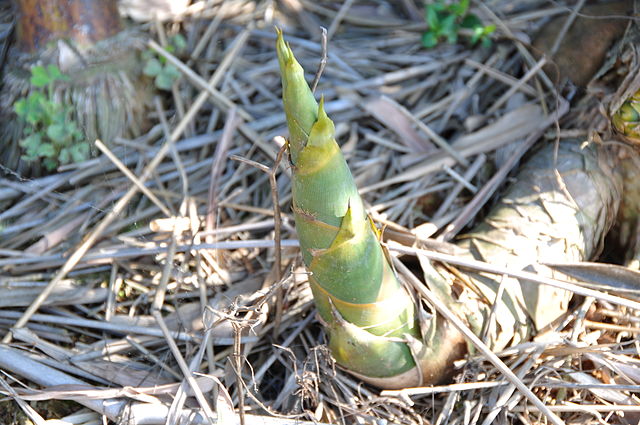 long, wood-like reeds for many different kinds of tools, and even make fire with them. You can also eat the soft baby shoots, you’ve probably seen them in your Chinese food or canned at the grocery store. Found raw in the wilderness, they’re not quite as delectable, but if you boil them with water, they will make a very nice meal.
long, wood-like reeds for many different kinds of tools, and even make fire with them. You can also eat the soft baby shoots, you’ve probably seen them in your Chinese food or canned at the grocery store. Found raw in the wilderness, they’re not quite as delectable, but if you boil them with water, they will make a very nice meal.
Sugar cane
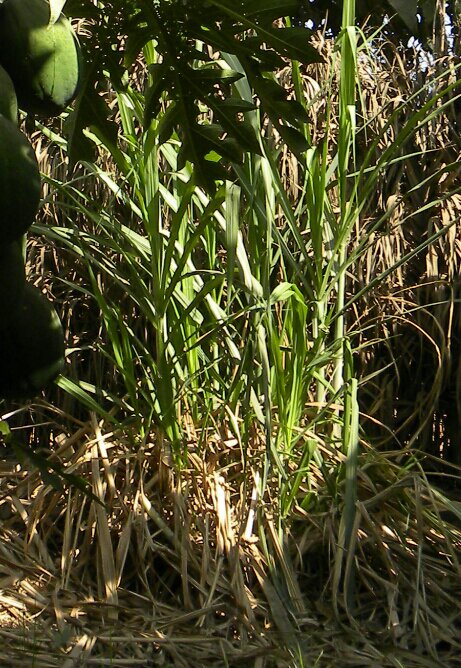 Sugar cane isn’t super common to find in the jungle, but it is widespread across the tropics as a remnant of plantations, and if you find it, it will offer sustenance. Simply peel the outer, hard layer, and feast on the insides. There’s nothing quite like raw sugar cane, it’s incredibly delicious, and also much more nutritious than the refined product you buy at the store.
Sugar cane isn’t super common to find in the jungle, but it is widespread across the tropics as a remnant of plantations, and if you find it, it will offer sustenance. Simply peel the outer, hard layer, and feast on the insides. There’s nothing quite like raw sugar cane, it’s incredibly delicious, and also much more nutritious than the refined product you buy at the store.
Taro
This is another great jungle score, if you can find it. It definitely cannot be
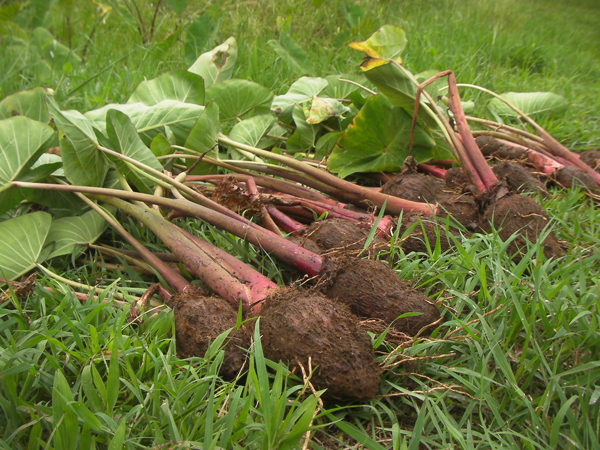
eaten raw, but once boiled, it’s an excellent source of starchy calories and nutrients. The tops of the taro plant can also be planted again to grow more taro, so if you happen to be doing it Swiss Family Robinson style on some island somewhere, this is a great plant to sustain you.
Water lilies
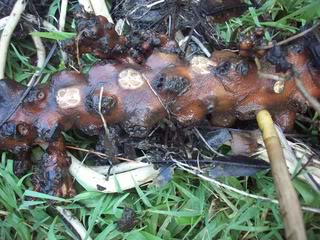
If you are lucky enough to get out in the water and pull up the tuberous roots of water lilies without any issues, these are an excellent source of nutrients and calories. Simply boil or roast.
Sops
These common tropical fruit look like something out of Dr. Seuss, but if you’re
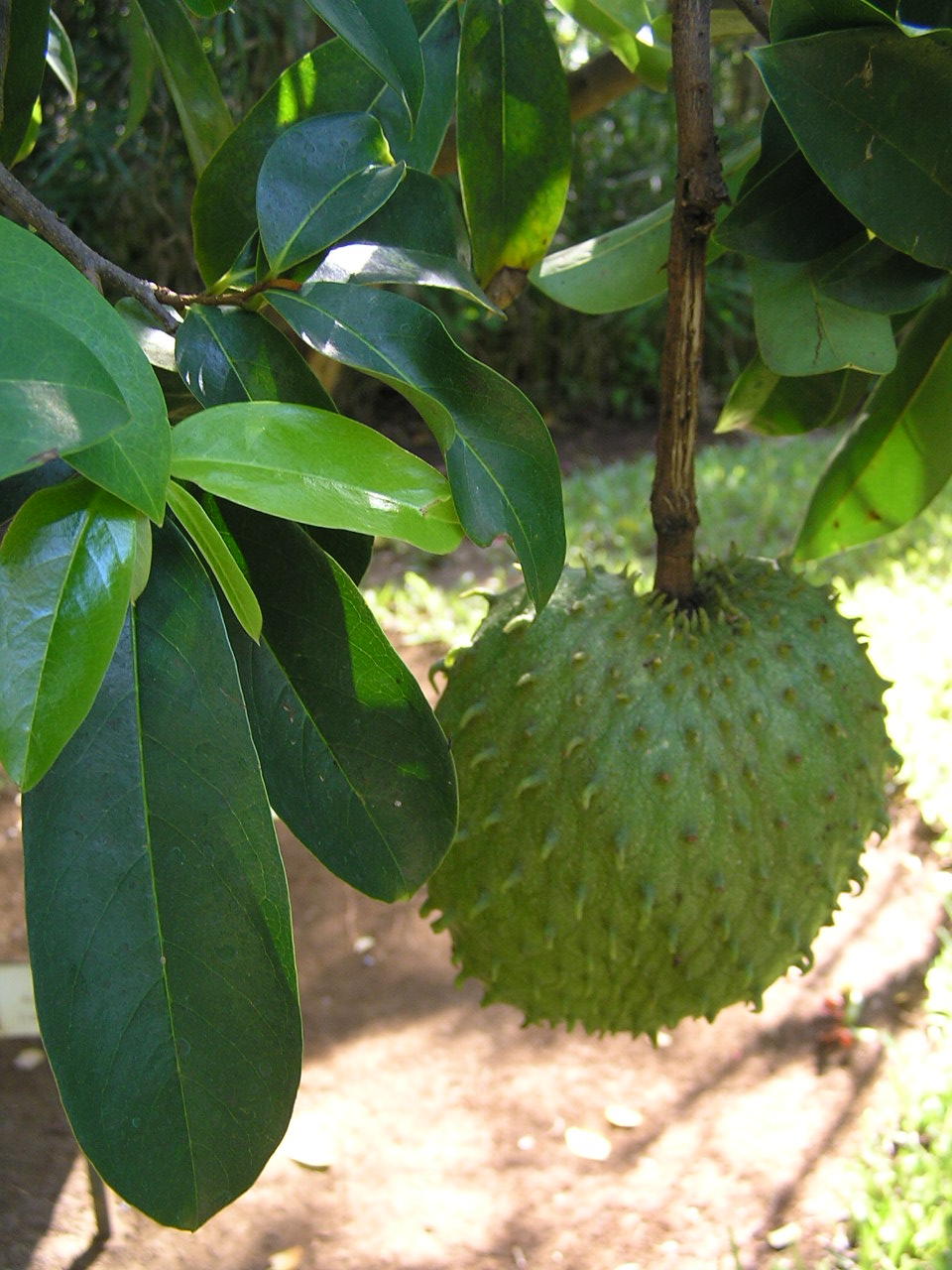
starving, all you’ll see is your next meal. They’re delicious as well, usually either sweet or sour, or a little bit of both.
The jungle is a veritable feast for the trained eye, make sure to remember these edible plants in case you ever have to look for food there!
If you enjoyed this, you might also like….
The Real Threat of ISIS…
Complete Health Transformation Without Drugs or Surgery…
Are You Prepared for This Deadly Threat?

